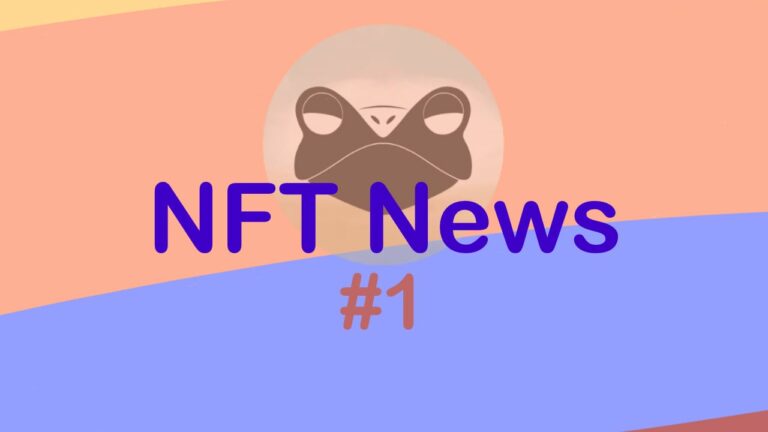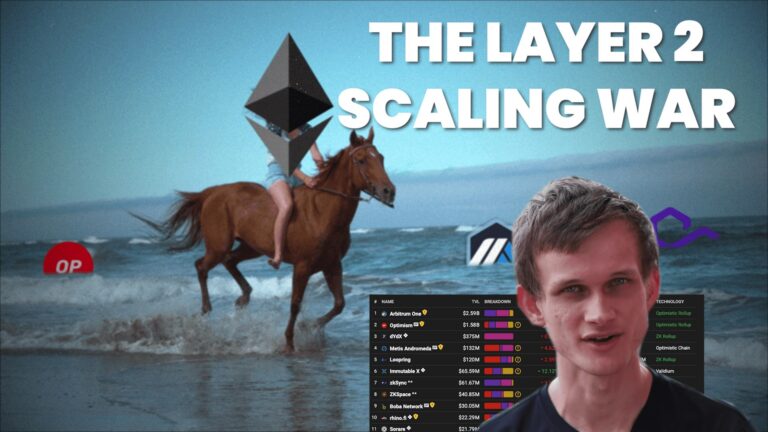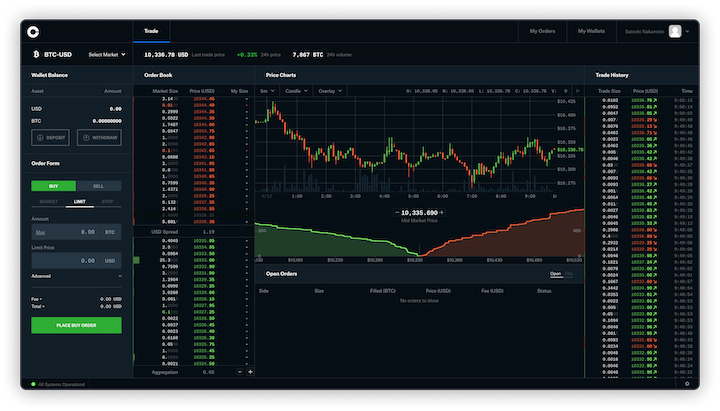Kucoin Trading Bot Results (Futures)
In this post I’ll give you an inside look into my Kucoin trading bot results so that you can better understand if automated crypto trading is right for you.
We’ll analyze the trading bot results to understand what is happening under the hood. From there, we can determine how these bots work and devise our own best settings and time frames for the Kucoin trading bots.
Does The Kucoin Trading Bot Really Work?
Yes, the Kucoin trading bots work in that they execute trades 24/7 based on defined parameters. However, a user must still give some input into what they believe the market direction will be (up, down, sideways) in order for the bot to execute a profitable strategy.
Kucoin Trading Bot Best Settings
The best settings for a Kucoin bot will change based on market conditions. For instance, you’ll want to make a different play in a bull market then you would in a bear market or crab market. Therefore there are no “best settings” only ideal settings.
Kucoin Futures Bot
As opposed to the Spot Market bot, the Kucoin Futures bot allows users to trade long and short, with leverage and generally has lower fees associated with trades. For that reason, we used the Kucoin futures bot in the following three examples of our Kucoin Trading Bot results.
If you want to learn more about the various trading bots on Kucoin you can read this article. Or check out this article if you want to learn about 3rd party trading bots that connect to almost any exchange via an API.
3 Kucoin Trading Bot Results
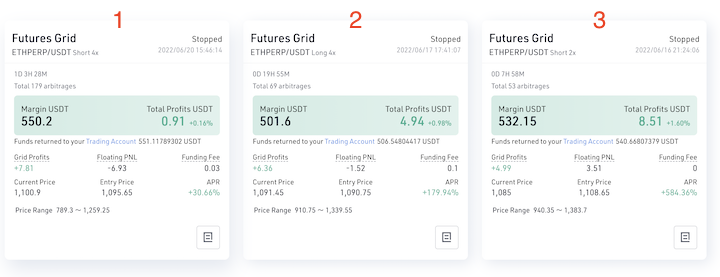
Above is a picture of 3 different instances, with 3 different trading bot parameter settings that I used with the Kucoin futures grid bot. Let’s analyze them first at a high level to understand how to read what’s going on.
Try Kucoin Trading bots and get 10% off trading fees
Kucoin Futures Grid Bot – Key Terms
Let’s zoom into trade 2 to understand the key terms and concepts within in the trading bot results box.
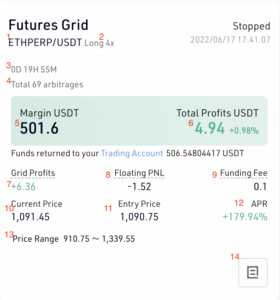
- Trading pair: The two coins that the bot is trading between. In this case it is an Ethereum Perpetual (ETHPERP) and USDT
- Position: With the Kucoin futures bot, you can go long or short and take out leverage. Long means you think the price will rise, short means you think it will fall. The higher your leverage, the bigger your reward but also the bigger your risk. In our case, we are long with 4x the leverage.
- Time Bot Was Running – I let this bot run for 19 hours and 55 Minutes
- Number of Arbitrages – This number is how many times the grid bot made a profitable trade (buying low, selling high in our case) within the given time frame. (More on this later)
- Margin USDT – When trading futures you have to put up collateral as margin. You borrow against that margin and trade with the borrowed funds. I put in 501.6. And since I did it at 4x leverage, it’s like I was trading with $2006.4 (501.6 x 4). This is great if it works in my favor, but I am also liable to lose all of my margin if the position moves against me.
- Total Profits USDT – This is how much money I made after closing the bot. In this case $4.94. Which was a .98% increase in 19 hrs 55 minutes
- Grid Profits – These are the profits the bot made from buying low and selling high. Differences between this and the total profit has to do with trading fees and funding fees.
- Floating PNL – This is the difference in price of the underlying asset from when you opened the position to when you closed the position. As you can see here, the price of my underlying asset actually went down. However, because there was a lot of volatility and the bot was automatically trading on the grid (69 arbitrage trades) I actually came out ahead in the time frame despite the market moving against me.
- Funding Fee – With the futures bot, you are trading a derivative called a perpetual. In order for the market to be efficient and maintain a fair perpetuals price, exchanges have a funding fee that charges either long or short positions based on market conditions. When the funding fee is positive, you will earn funding fees from taking out a short position. When it is negative you will earn funding fees from taking out a long position.
- Current Price- Current price is the average price at which you closed out the remaining bot positions when you told the bot to stop
- Entry price – The price of the underlying asset when you told the bot to begin trading.
- APR – The APR is your annual percentage rate if the performance of your bot was extracted out over a year. While this is interesting, it is hard to expect the bot to perform the same way over the course of a year given drastic fluctuations in the market price of an underlying asset.
- Price Range – This is the price range of the lower and upper bound of the grid bot. Set this in the bot’s parameters when you first start.
- This icon is a link to look at each individual buy and sell order the bot made over the course of its lifespan.
Understanding the Kucoin Grid Bot
Let’s look inside those 69 arbitrage figure to better understand how the Grid bot works.
Essentially what it does it takes the price range that I set 910.75 – 1339.55 and divides that up into a bunch of mini price range increments. Then it sets buy and sell orders. Once a buy order is placed a sell order is placed on the grid above it.
So the little fluctuations are earning you micro trade profits. In my case, it was making a bunch of .03 cent gains. You can set how wide/narrow the increments are in the bot parameters. As a starting point (do your own research and experimentation) I’ve found you want to set the profit range (spaces between grid) to be between .5-1% so that it is enough to cover trading fees but also small enough that the bot trades frequently.
Analyzing Kucoin Trading Bot Results

Going back to our Kucoin Trading Bot Results on our 3 trades we can now see that:
- The first trade where I was short 4x resulted in a profit of .91 despite the price moving against me by almost 7 dollars. If I was simply short 4x and not using the grid bot, I would have lost roughly $28. So the grid bot and it’s arbitrage put me in the green.
- The middle trade was profitable by 4.94 cents despite the market moving against me by 1.52. So again, a loss became a gain.
- The third trade I was 2x short and the market moved 3.51 in my favor. However, I made an even larger return than I would have 8.51 > $7.02.
How Much Do Kucoin Bots Make
It is hard to pinpoint how much a Kucoin bot will make. Every bot will be different under every scenario. However, as you can see from my results a bot can often help you make money in a sideways market, diminish losses when the market goes against you, or still capture some of the gains when a market moves in your favor.
That said, these bots are not fail proof and it is certainly possible to lose money using Kucoin bots. A winning strategy still relies on the user to pick the direction of the market. Also, a user must set the right parameter to maximize crypto trading gains.


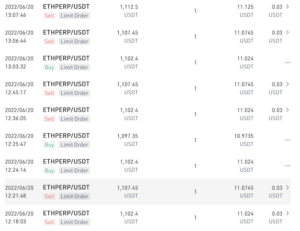
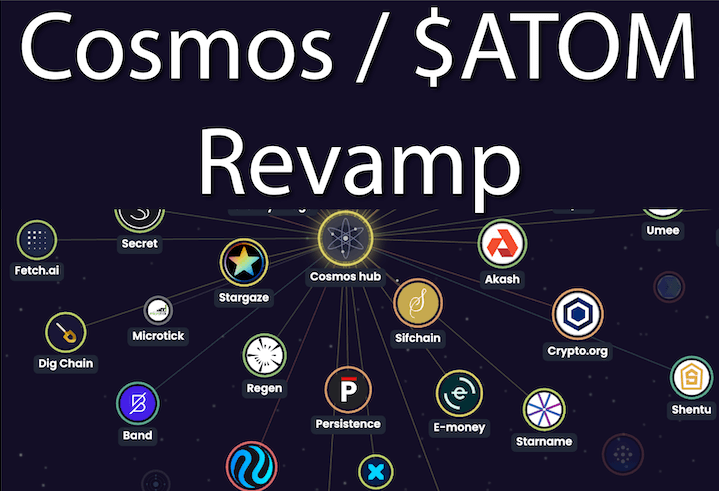

![What Is The Safest Way To Store Crypto? [2023]](https://www.peerthroughmedia.com/wp-content/uploads/2023/01/SAFEST-WAY-TO-STORE-CRYPTO-768x432.jpg)
